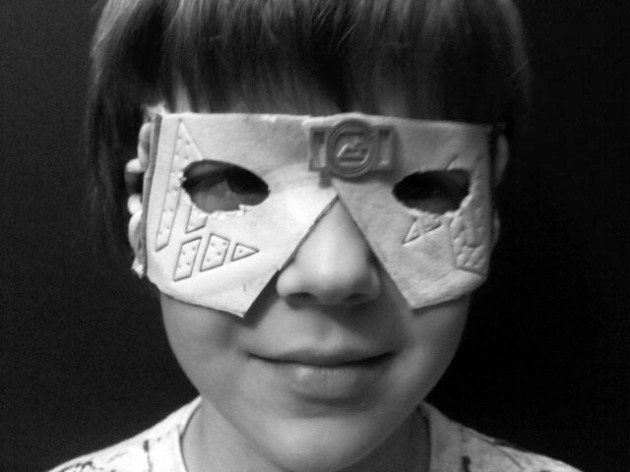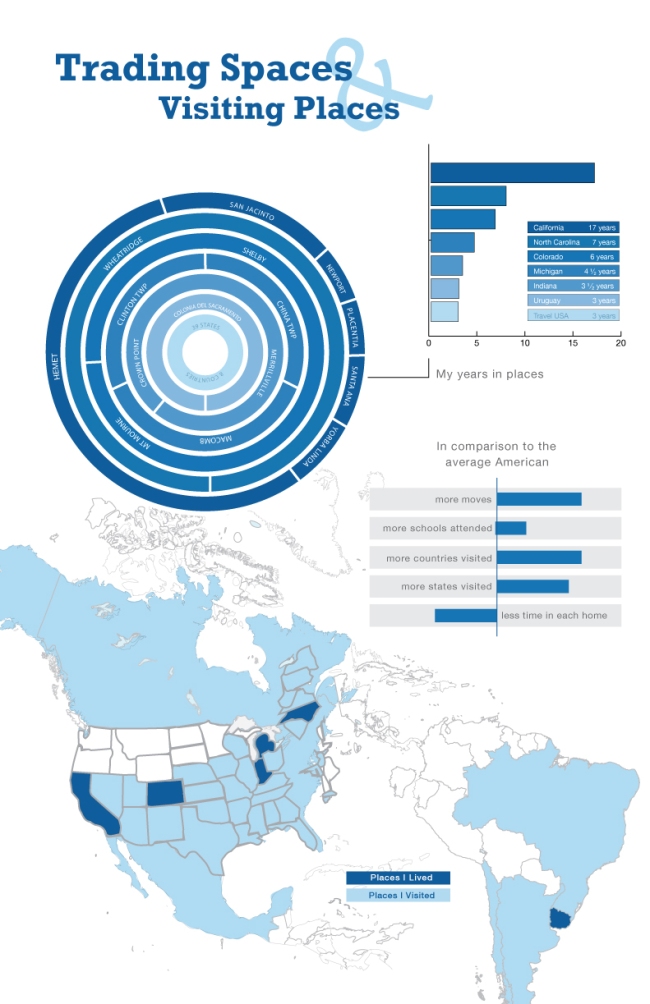I finished my first scholarship application for RMCAD. I have no idea, other than sheer will, how I managed to get this done along with full-time classes and licensed insurance agent classes at work. We were required to write an essay in response to a question posed about an essay by Walter Benjamin as well as include a portfolio of three pieces of artwork created for classes at RMCAD. They are included below. Enjoy.
The Essay:
Walter Benjamin declares in his essay The Work of Art in the Age of Mechanical Reproduction that, “Even the most perfect reproduction of a work of art is lacking in one element: its presence in time and space, its unique existence at the place where it happens to be.” This is an essential foundation for his argument that a work of art loses its aura upon reproduction. With the examples of lithography, photography and film it is easy to lose sight of the point the author is making by focusing in on these means or process of reproduction as causing a loss of aura. Something to be considered is his example of aura when answering the question, “Does a computer generated image, which, by its nature, is meant to be reproduced, posses an “original” aura?”
Benjamin explains his use of the term aura with a reference to natural objects saying that, “We define the aura of the latter as the unique phenomenon of a distance, however close it may be.” Illustrating through what one would see on a summer afternoon, he points out that the experience of aura of a natural object is in the shadow it casts upon us, and what I understand to be the majesty of the entity. One need only stand upon the shoreline to feel the aura of the ocean. It is a power and a presence that can only be felt by the person experiencing it. How I experience the ocean is different than might another person. What strikes a sense of awe in me can cause another to be fearful. In that respect, I would go so far as to say every object, created by a human hand or naturally derived, has its own unique aura that is never reproduced. Although I believe this to be a substantial factor in his writing, I don’t believe that is the entire purpose of the author’s essay.
I relate well to what Benjamin is saying when he gives an example of the stage actor having an interaction with his audience, while the audience of film is limited to only what the lens allows them to see. It took me back to the time I had the privilege of viewing classic works of art while they were displayed in the Museo Nacional del Prado in Madrid, Spain. As much as I wished cameras were allowed, so I might capture the sculptures and paintings for posterity, I have no doubt that the electronic reproduction of the masterpieces before me would never replace the feeling I had in viewing them in person.
For the purpose of this essay, I must determine if a computer generated image produces an original aura, in order to decide if the aura can be reproduced digitally. If I follow the logic of the argument that I believe Walter Benjamin takes, I would have to say that any computer-generated art is lacking an aura simply because it is produced electronically. Necessitating the conclusion that only natural objects–the mountains, the shadow cast by the branch, or the stage actor–contain an aura. Though he has almost persuaded me, I am of the mindset that he is mistaken, if only slightly.
I reject the idea that only nature contains an aura. Believing rather, that with all art, original and reproduced, there is an aura measured only by the whims and fancies of the viewer. Walter Benjamin concludes that reproductions have no aura; even so, the observer may disagree. Just as painted masterpieces hundreds of years old emanate a noticeable aura, it is entirely possible to experience a similar ambience from an electronic reproduction. Therefore, I surmise that a computer-generated image does have the possibility, at the very least, of emanating an original aura.
The Portfolio Pieces:

Created for the Liberation Project in the Academic Connections for Artists + Designers class. Credits: Word art and body copy is my own work. Image from Shutterstock.com.

The Shoe Mask assignment was to take a pair of shoes, tell a story about them and create something from them that the main character/owner of the shoes would use. The little boy in my story was disappointed that he must set aside his fun summer adventure shoes for new school shoes. His mother remade the shoes into a mask for him to use on further adventures.

Part of a personal branding assignment we were to take information about ourselves and create several graphs, compiling them all into one document. This shows the places I have lived and visited, the years lived in those places and how I compare to other Americans.
 Last week I sat down before a computer terminal to force enough insurance terminology to pass the state licensing exam into my brain in a matter of 4 days. When I clicked ‘finished’ on the state exam yesterday I really had my reservations. Since I had my Littles over the weekend I didn’t put in the time to study that I desired. I walked into the testing center praying I wouldn’t have to pay another $75 for the test. When the test proctor came out with my score his grin gave away my results. I passed! Barely. Very close to failing…miss one more question failing…barely. But I passed.
Last week I sat down before a computer terminal to force enough insurance terminology to pass the state licensing exam into my brain in a matter of 4 days. When I clicked ‘finished’ on the state exam yesterday I really had my reservations. Since I had my Littles over the weekend I didn’t put in the time to study that I desired. I walked into the testing center praying I wouldn’t have to pay another $75 for the test. When the test proctor came out with my score his grin gave away my results. I passed! Barely. Very close to failing…miss one more question failing…barely. But I passed.


